Col. Eugene Van Patten originally built Dripping Springs Resort in the 1870’s. A native of New York State, Van Patten came to Mesilla at the invitation of his uncle, John Butterfield, who operated the Butterfield State Line. Van Patten worked at the Picacho Stage Station and probably elsewhere after the stage line ceased operations in the Las Cruces area in 1861. During the Civil War he joined the Confederacy and saw action in the Battle of Glorieta Pass near Santa Fe.
Dripping Springs Resort was originally called “Van Patten’s Mountain Camp. ” It had approximately 16 rooms, a large dining room and a concert hall. It was very popular around the turn of the century and many famous people, including Pat Garret and Pancho Villa, have stayed there. Van Patten was married to a local Piro Indian woman and a number of Indians lived and worked at the resort. The Indians hand-carried water from the spring to the rooms in “ollas” attached to long wooden poles and, from time to time, held dances for the amusement of the guests.
In the late 1800’s a stageline brought guests to the hotel from Las Cruces, 17 miles away. The stage would deliver the guests to the front of the hotel and then return to the livery. The wagons and horses for the stageline, as well as the personal livestock of the guests were kept in this area. In the 1900’s guests began to arrive by automobile as well as by horse and wagon.
The resort had its share of exciting times. When Albert J. Fountain, a prominent figure in the Lincoln County War, was murdered on the East Side of the Organ Mountains in 1896, his daughter was notified of the murder at the resort. Van Patten led a large posse to investigate but Fountain’s body, and that of his 12-year-old son Henry, were never found.
In 1917 Van Patten went bankrupt and Dripping Springs was sold to Dr. Nathan Boyd who homesteaded on a parcel of land adjacent to the resort. Boyd was a physician in San Francisco who later married the daughter of a wealthy Australian engineer. Boyd joined his in-laws’ business and became involved in large engineering projects all over the world. He and his wife came to Las Cruces to promote, design and build a dam on the Rio Grande whose floods often devastated the countryside. Local farmers whose lands would have been inundated by the lake behind the dam stopped the dam. Ironically, the U.S. Bureau of Reclamation, creating the state’s largest man-made lake, Elephant Butte Reservoir, eventually built a dam farther north. By the time Boyd had acquired Van Patten’s resort, his wife had contracted tuberculosis. Deciding to remain in Las Cruces, Boyd converted Dripping Springs into a sanitarium. New structures were built in different parts of the canyon to provide housing and care for the patients.
The Boyd family eventually sold the property to another physician, a Dr. Sexton of Las Cruces, who continued to operate it as a sanatorium. As late as 1946 the resort was still in relatively good shape and a group of local citizens attempted to raise $4,000 to purchase it for historic preservation. Unfortunately, their effort failed and unknown persons scavenged the resort for building materials.
Today, the ruins of Dripping Springs Resort lie scattered along the canyon, preserving the memory of Col. Van Patten, the doctors Boyd and Sexton, and the many famous and not so famous who visited there.

